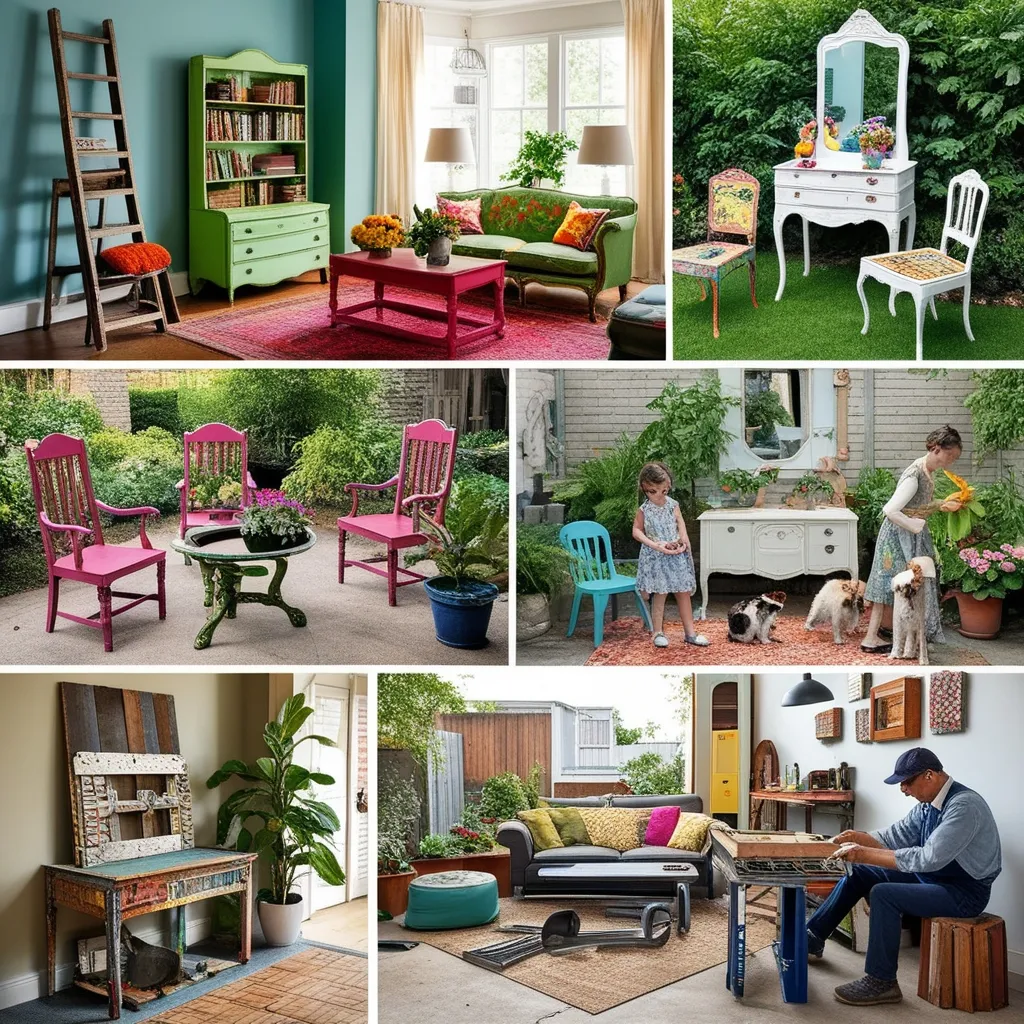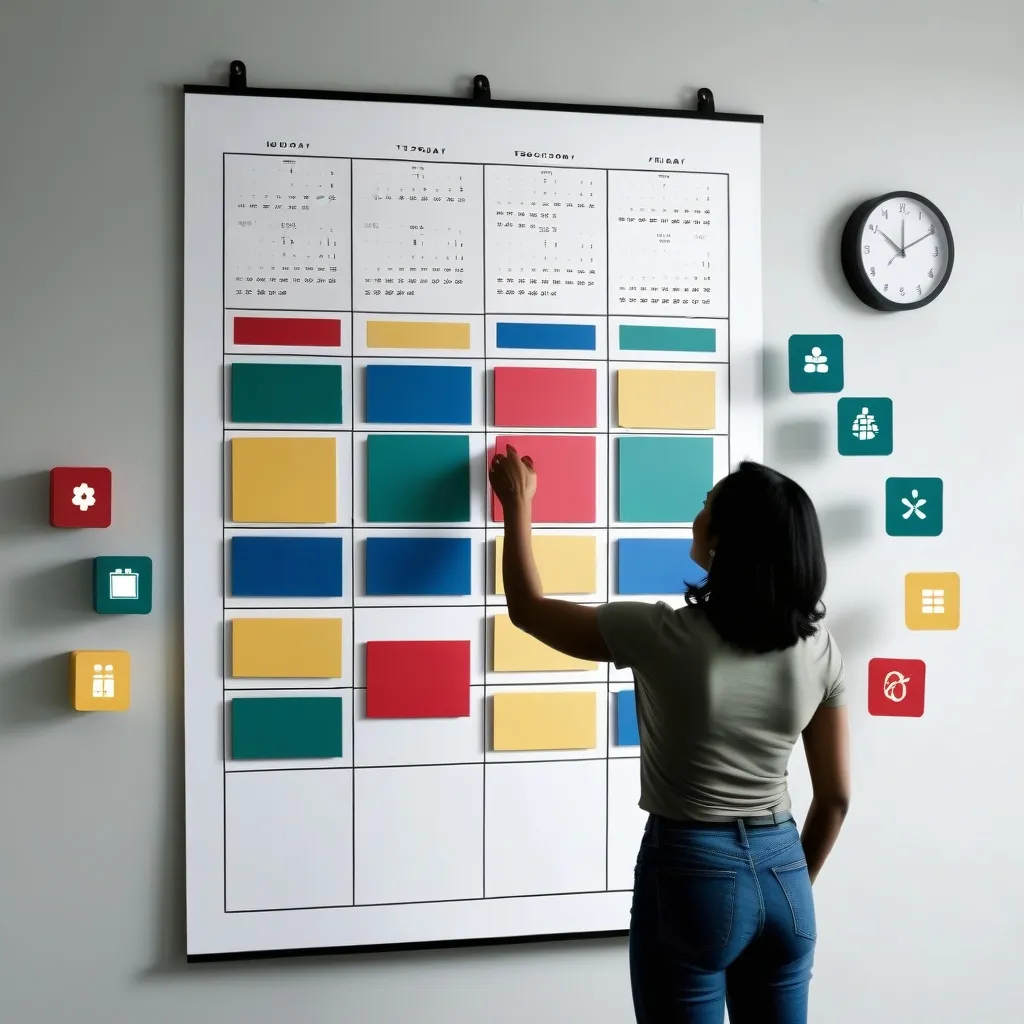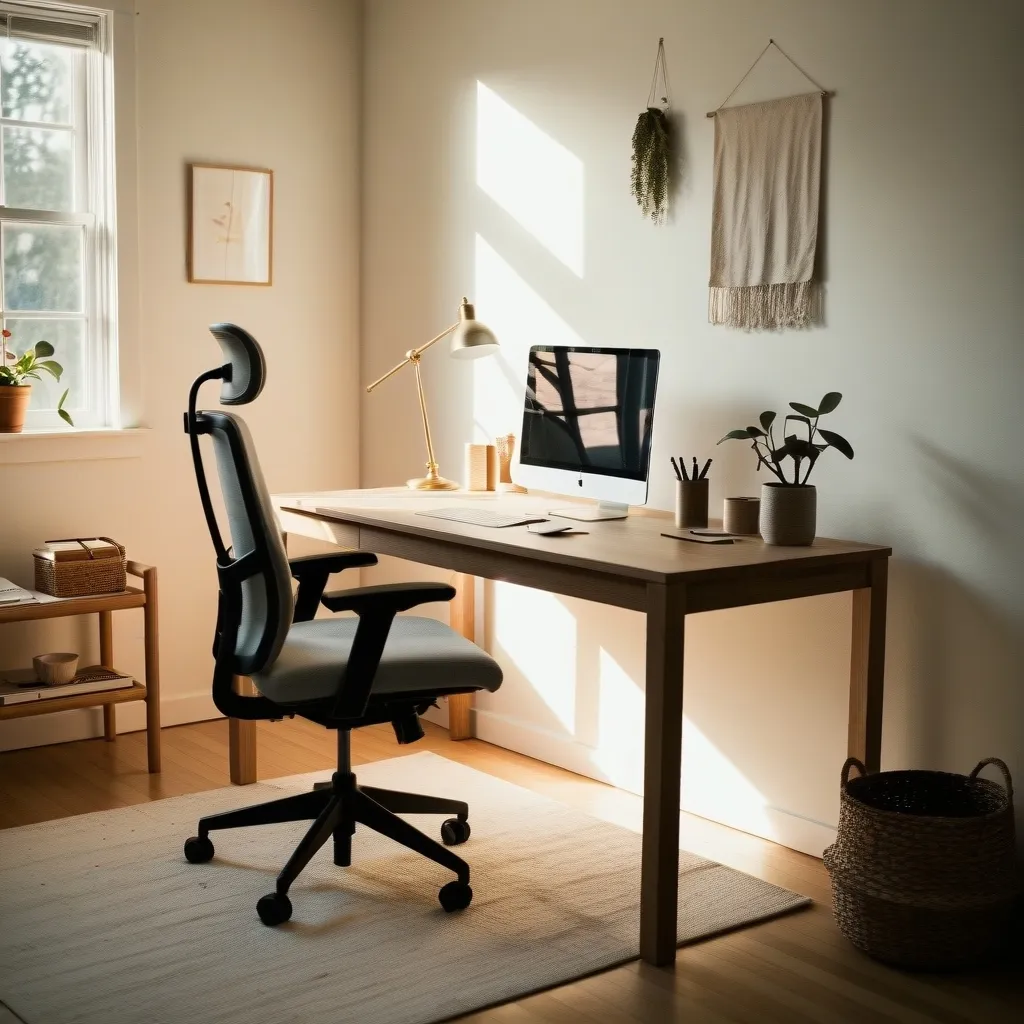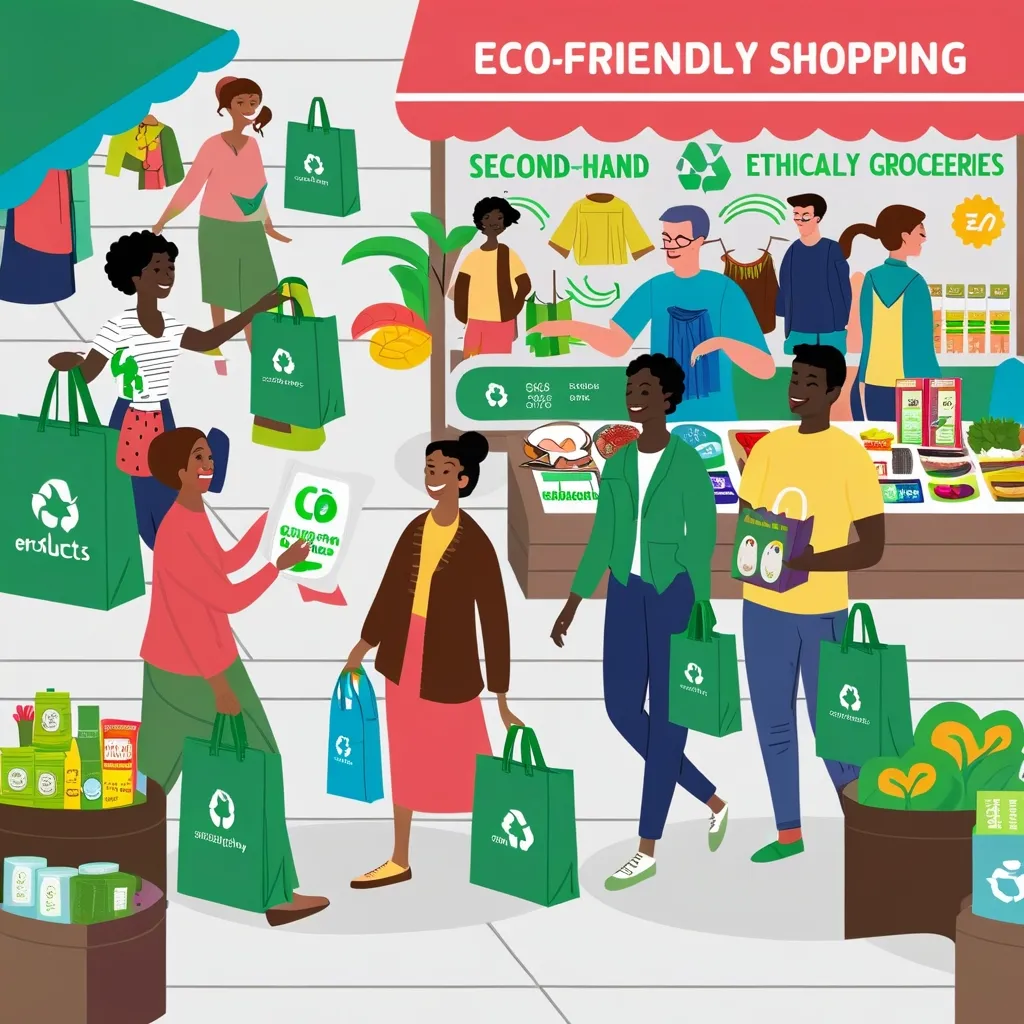Transforming old furniture into something useful and beautiful isn’t just about giving your home a unique touch; it’s also a fantastic way to cut down on waste and help save the planet. In a world where people are more conscious about the environment than ever before, upcycling old furniture has emerged as a fun and eco-friendly trend.
The Magic of Upcycling
Imagine looking at an old, worn-out ladder and seeing a quirky, new bookshelf. That’s the magic of upcycling. It’s all about envisioning the potential in what might just seem like junk. Maybe you’ve got an unused bureau sitting in the garage. With a little creativity, it could become a chic bathroom vanity. No professional skills are needed. Just a bit of paint, some imagination, and basic crafting abilities. An old, shabby set of drawers can be repainted and given new life as a vibrant piece of art, turning it into the star of your room.
Helping the Planet
Think about this: in the U.S., over 9 million tons of furniture get tossed out each year. By upcycling, you’re doing your part to cut down on that waste. You’re also saving trees and reducing the energy and carbon footprint linked with making new furniture. It’s a win-win for both you and Mother Earth.
Save a Buck or Two
Who doesn’t love saving money? Upcycling can be extremely cost-effective. Instead of splurging on new furniture, you can repurpose what you’ve already got, often saving up to 50% compared to the cost of a new piece. Refinishing an old chair, for instance, can be quite economical. When you start to think about larger items like desks or tables, the savings really add up.
Totally Unique
One of the coolest things about upcycled furniture is that no two pieces are ever the same. Every item has its own history and unique character, complete with charming imperfections and idiosyncrasies that mass-produced pieces lack. This makes upcycled furniture a one-of-a-kind addition to your home.
Smart Storage Solutions
Old furniture can be transformed into smart storage solutions. A bookshelf could be turned into a wine rack, and an old dresser can be made into a kitchen island with extra storage. These transformations are not only practical but also help keep your home clutter-free.
Sprucing Up the Garden
Have a garden? Old wooden furniture can add a rustic charm to your outdoor space. Think about turning those old chairs, benches, or tables into quaint holders for plants. Voilà, you have charming mini-gardens that extend the life of your old furniture and beautify your garden.
Kid-Friendly Fun
If you’ve got kids, consider turning that old table into a fun playhouse. An old wooden crate can become the perfect storage solution for craft supplies. This not only helps to keep your home organized but also provides your children with creative and enjoyable play areas.
Pet Paradise
Let’s not forget our furry friends. An unwanted side table can be converted into a cozy pet bed, or an unused closet could become a cat playhouse. These inventive ideas offer comfort for your pets while adding a touch of stylish décor to your home.
DIY Recycling
Feeling daunted by DIY? Don’t be. With a bit of creativity, you can recycle old furniture into functional items for your home. An old dresser can be transformed into a bookshelf or display unit. Old wooden frames can be repurposed as rustic picture frames or mirrors. Even an old chair can become an eye-catching planter for your indoor or outdoor spaces.
Functional Upcycling
Upcycling isn’t just about giving new life to furniture; it’s also about adding functionality. You don’t need professional skills, just an artistic touch. That old wooden ladder can become a quirky bookshelf and that unused bureau could turn into a stylish bathroom vanity. It’s all about thinking outside the box.
Supporting the Community
This upcycling trend has given birth to businesses and artisans specializing in creating upcycled products. Supporting these local businesses and artisans contributes to the local economy and promotes environmental responsibility. It’s a nifty way to help your community while being eco-friendly.
Future Trends in Upcycling
As people become more aware of the need for sustainable living, upcycling is only going to get bigger. With advances in technology, like 3D printing using recycled materials, the possibilities are endless. The challenge will be ensuring that upcycled items are of high quality and durable, so they don’t end up as waste again.
In essence, upcycling isn’t just a trend; it’s an art form and a step towards living sustainably. By embracing upcycling, we’re not just choosing unique and stylish furniture; we’re making a choice for a better planet. Let’s break down some practical examples to get those creative juices flowing:
Pallet Wood: Take a look around, and you’ll see people turning old pallet wood into chairs, tables, and bed frames. These pieces have a rustic charm and durability that’s hard to beat.
Metal: Ever thought of turning old car parts, pipes, or wires into cool, industrial-style furniture? It’s not as hard as it sounds and offers a uniquely modern vibe.
Glass and Ceramics: Broken tiles, discarded bottles, and old ceramics can be made into funky tabletops or mosaic features. The possibilities are endless.
Textiles: From vintage clothes to old curtains, these fabrics can be repurposed into cushion covers, throws, or even used to reupholster furniture for a fresh new look.
Leading the Way
Brands and designers are catching on. IKEA, for example, has released limited-edition collections focused on upcycling. Independent designers like Piet Hein Eek use scrap materials to create stunning pieces, inspiring others to follow suit.
Final Thoughts
Upcycling old furniture is a straightforward but powerful way to live more sustainably. It cuts down on waste, saves money, and adds a unique touch to your home decor. Whether you’re turning an old ladder into a bookshelf or a dresser into a kitchen island, every small effort counts towards a more sustainable lifestyle. Why not start today? With a bit of creativity and some basic skills, you can breathe new life into old pieces, making your home both stylish and eco-friendly.






